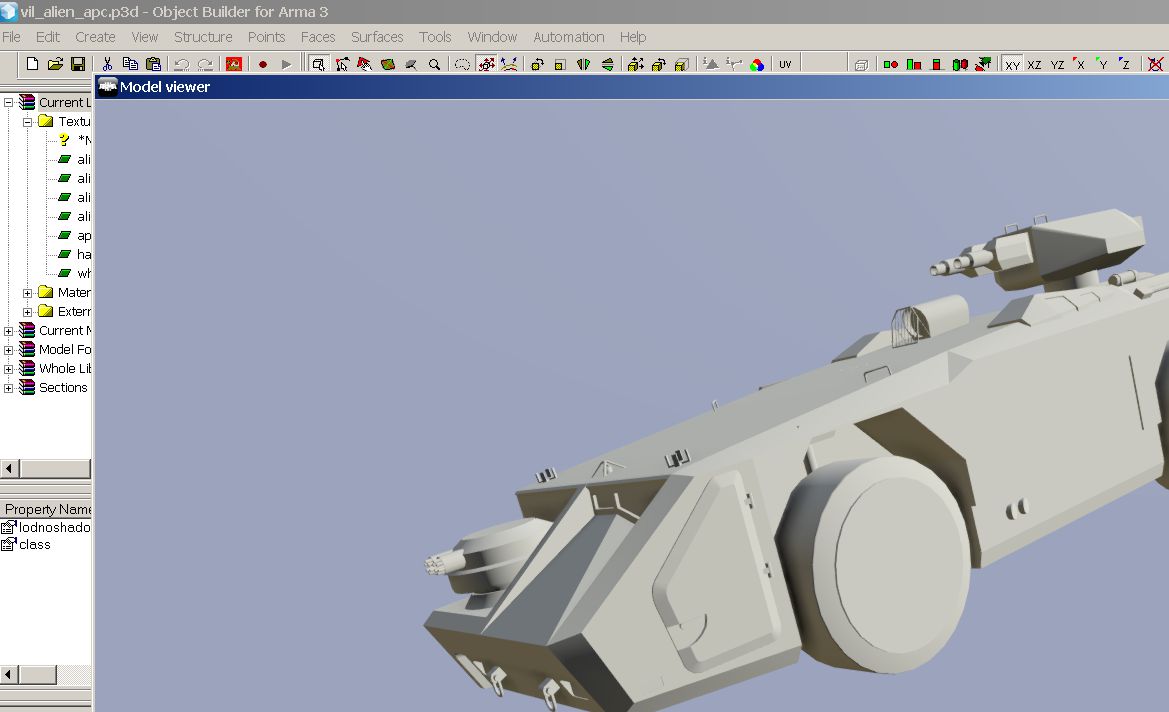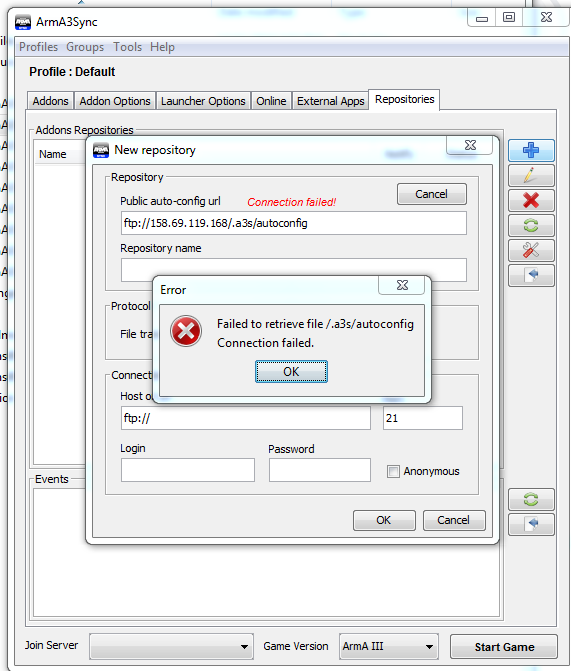
The propagation settingsĬontrol whether /mnt/a and/or /tmp/a would exist. In the case of recursion,Ĭonsider that /tmp/a is also mounted as /foo. Propagation setting has a recursive counterpoint.

The propagation settingsĬontrol whether a mount on /tmp/a would also be available on /mnt/a. ConsiderĪ mount point /mnt, which is also mounted on /tmp. Propagation is an advanced topic and many users never need to configure it.īind propagation refers to whether or not mounts created within a givenīind-mount or named volume can be propagated to replicas of that mount. Only configurable for bind mounts, and only on Linux host machines. YouĬan’t run them both unless you remove the devtest container after running theīind propagation defaults to rprivate for both bind mounts and volumes. The -mount and -v examples below produce the same result. If you’re on Windows, see also Path conversions on Windows. The $(pwd) sub-command expands to the current working Use the following command to bind-mount the target/ĭirectory into your container at /app/. Want the container to get access to a new build each time you build the source

You want the artifacts to be available to the container at /app/, and you Source code, the artifacts are saved into another directory, source/target/. Start a container with a bind mountĬonsider a case where you have a directory source and that when you build the Yet exist on the Docker host, Docker does not automatically create it for If you use -mount to bind-mount a file or directory that does not Yet exist on the Docker host, -v creates the endpoint for you.

If you use -v or -volume to bind-mount a file or directory that does not Differences between -v and -mount behaviorīecause the -v and -volume flags have been a part of Docker for a long The examples below show both the -mount and -v syntax where possible, and The -mount flag does not support z or Z options for modifying.The bind-propagation option, if present, changes theīind propagation.The readonly option, if present, causes the bind mount to be mounted into.The destination takes as its value the path where the file or directory.For bind mounts, this is the path to the file Topic discusses bind mounts, so the type is always bind. The type of the mount, which can be bind, volume, or tmpfs.The value of the flag is easier to understand. Than -v or -volume, but the order of the keys is not significant, and -mount: Consists of multiple key-value pairs, separated by commas and eachĬonsisting of a = tuple.The third field is optional, and is a comma-separated list of options, such.The second field is the path where the file or directory is mounted in.In the case of bind mounts, the first field is the path to the file or.The fields must be in the correct order, and the meaning of each field -v or -volume: Consists of three fields, separated by colon characters.Use -mount, because research has shown it to be easier to use. Experienced users mayīe more familiar with the -v or -volume syntax, but are encouraged to Tip: New users should use the -mount syntax. Here is a comparison of the syntax for each flag. The -v syntax combines all the options together in one field, while the -mount In general, -mount is more explicit and verbose. You can’t use Docker CLI commands to directly If you are developing new Docker applications, consider using They rely on the host machine’s filesystem having a specific directory structureĪvailable.

It isĬreated on demand if it does not yet exist. The file or directory does not need to exist on the Docker host already. By contrast, when you use a volume, a new directory is created withinĭocker’s storage directory on the host machine, and Docker manages that The file or directory is referenced by its absolute path on the host Mount, a file or directory on the host machine is mounted into a container. Limited functionality compared to volumes. Bind mounts have been around since the early days of Docker.


 0 kommentar(er)
0 kommentar(er)
